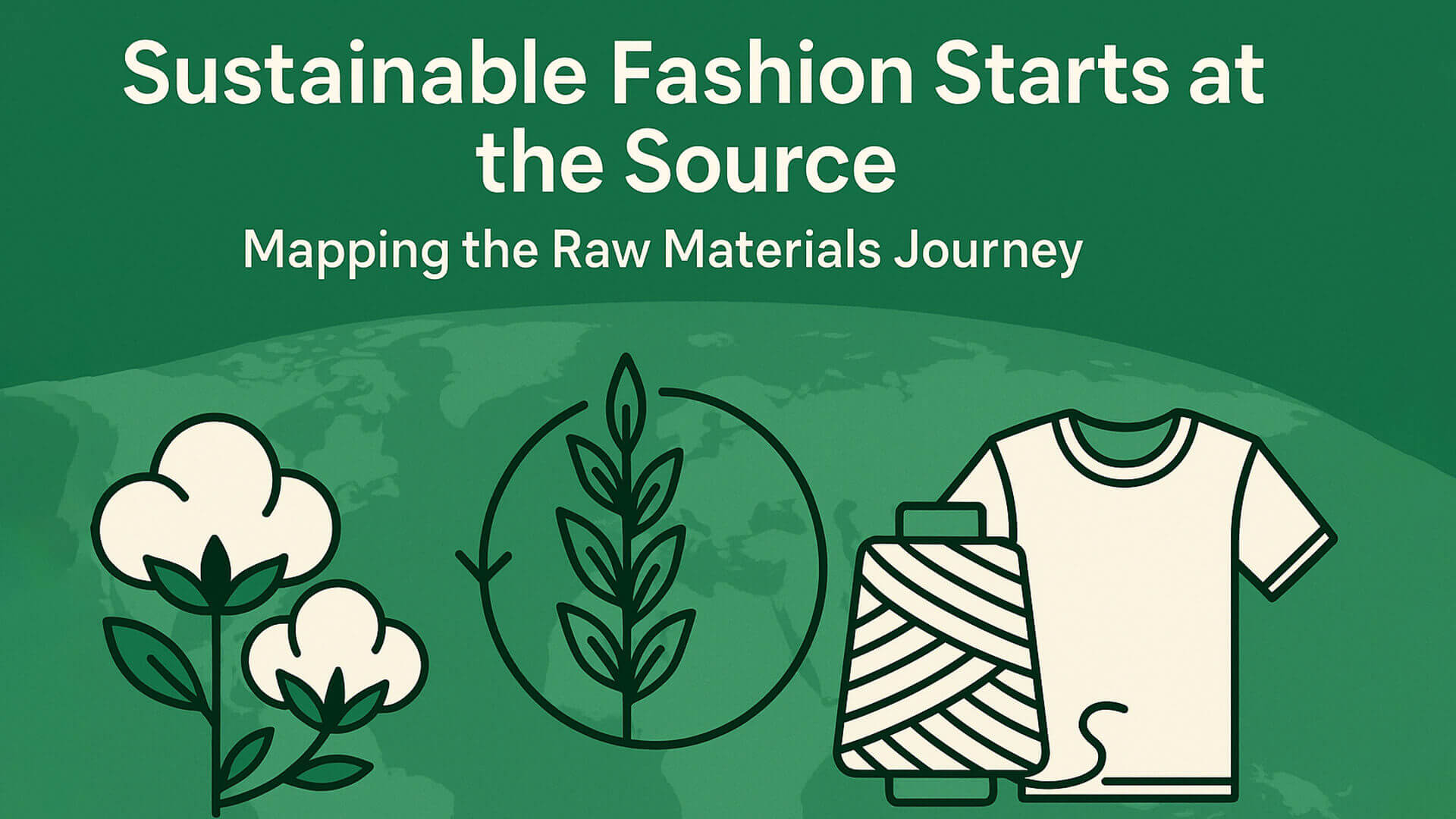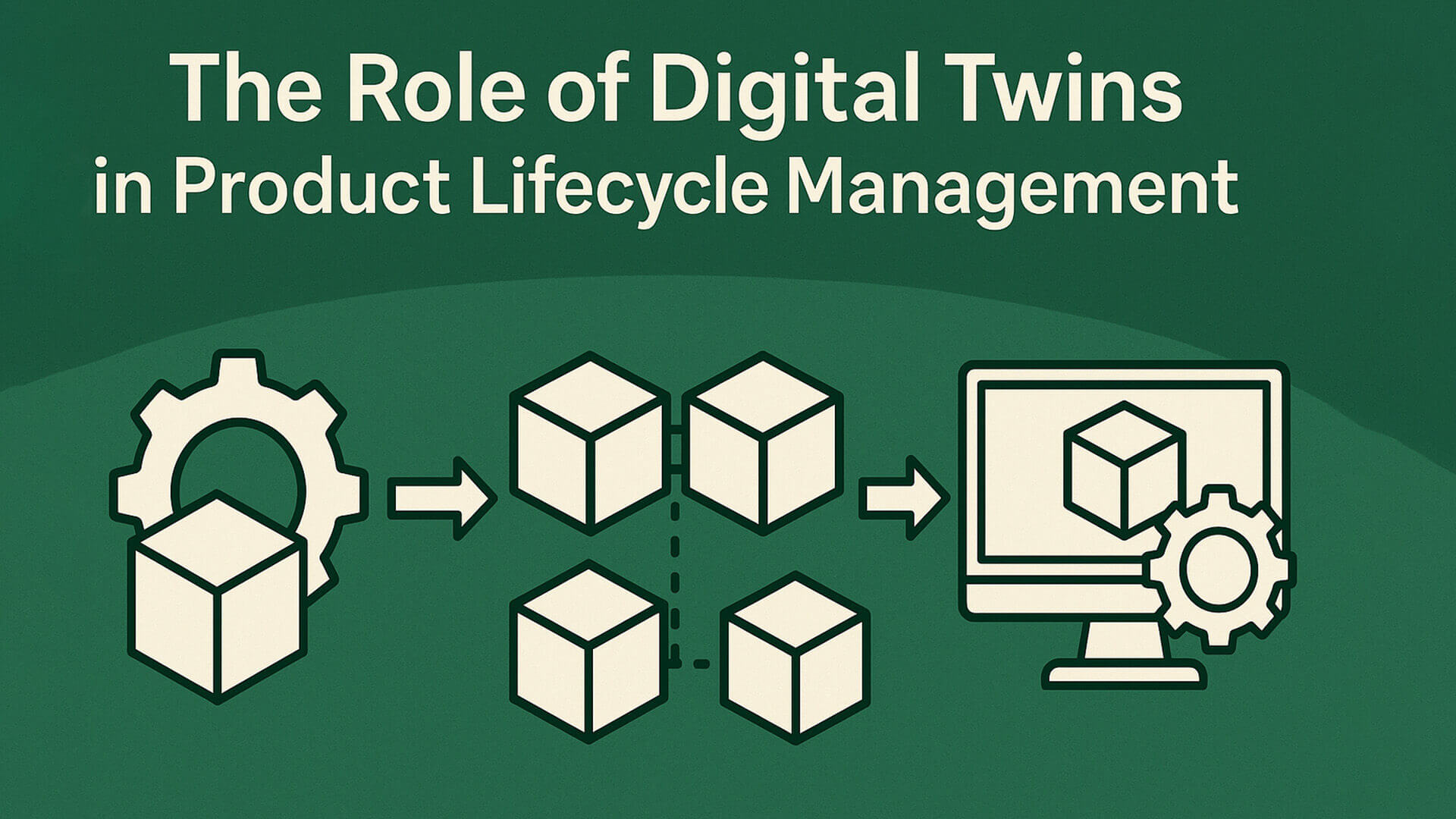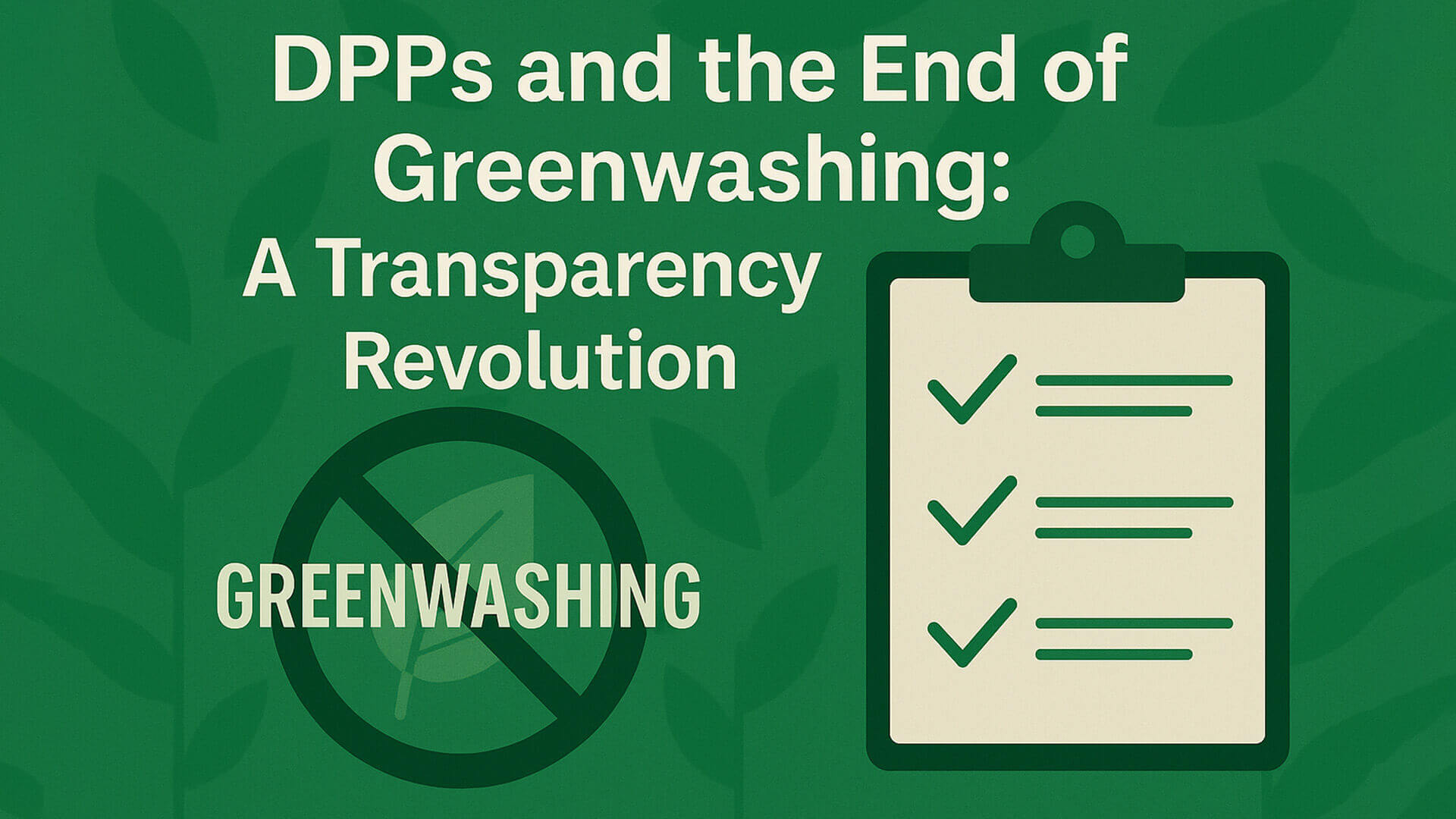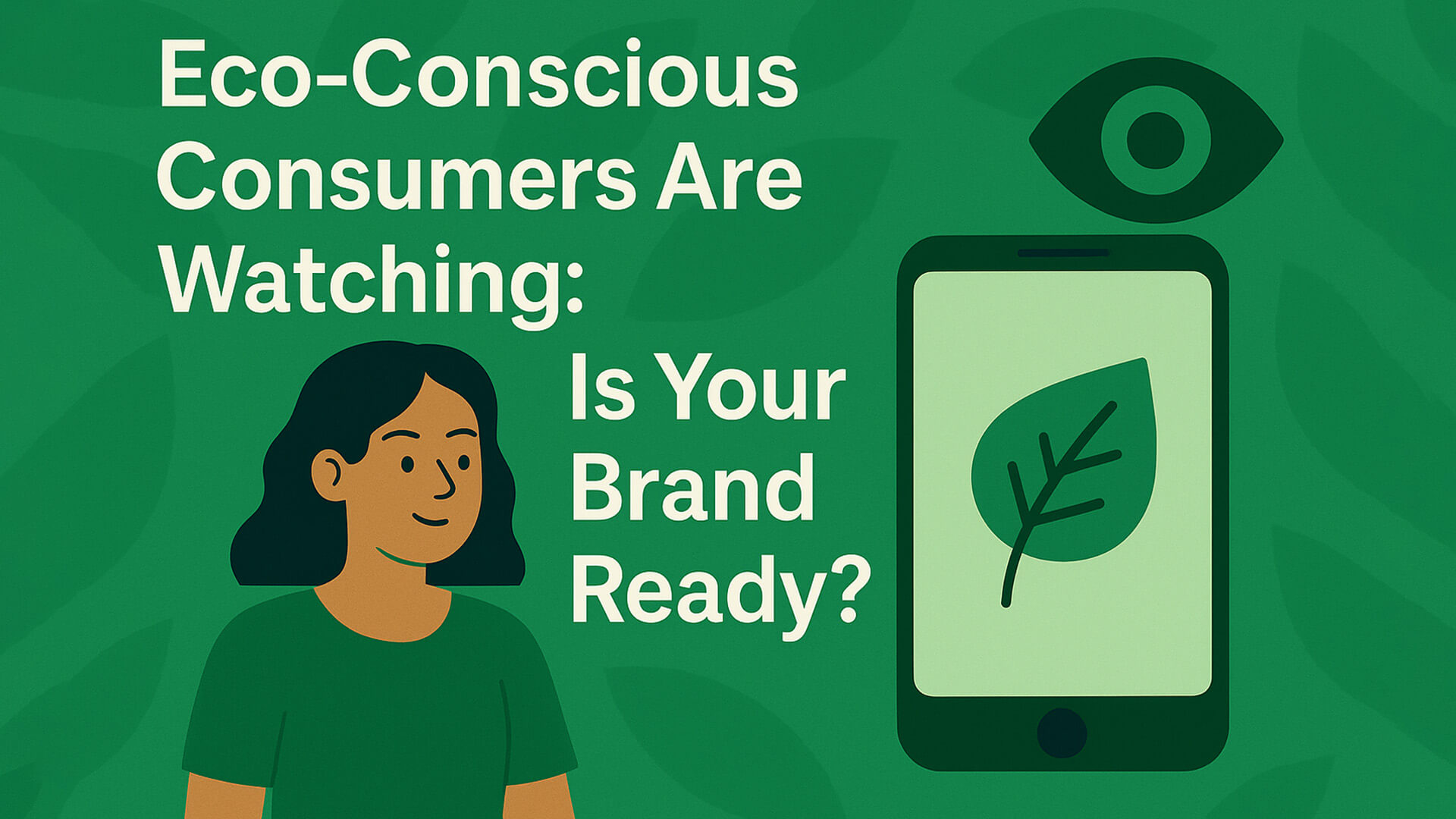- info@greenthreadsdpp.com
- Southampton, United Kingdom
Sustainable Fashion: How Collaboration Is Driving the Circular Economy

Introduction: Why Sustainable Fashion Matters
The fashion industry, a colossal global enterprise, is an undeniable force in our daily lives, influencing culture, self-expression, and economic development. However, beneath its shimmering facade of glamour and innovation lies a deeply concerning truth: its profound and often devastating environmental impact. The relentless pursuit of fleeting trends and the insatiable demand for affordable, disposable clothing have fuelled the rise of "fast fashion" – a model built on speed, volume, and disposability.
This linear approach, characterised by rapid production cycles and constant consumption, places immense strain on our planet's finite resources. It generates colossal amounts of greenhouse gas emissions and contributes to an ever-growing mountain of textile waste. From the moment a garment is conceived to its eventual disposal, its brief lifecycle is fraught with environmental consequences. Sustainable fashion is no longer a niche concern, rather it is a global necessity.
The Environmental Impact of Fast Fashion
The meteoric rise of fast fashion in recent decades has dramatically changed the textile and apparel industry. It has made trendy clothing more accessible than ever, but at a severe environmental cost. Our research identified three key areas, where we need a more well-thought-out methodology:
1. Resource Consumption
Cotton, a staple in many garments, requires vast amounts of water. Its cultivation often depends on heavy irrigation that depletes local water sources. Pesticides and fertilisers pollute rivers and damage ecosystems. Meanwhile, dyeing and finishing fabrics release toxic chemicals into waterways and soil, especially when waste treatment is inadequate.
2. Carbon Emissions and Pollution
The production and global transport of clothing relies heavily on fossil fuels. Factories consume large amounts of electricity, and international shipping adds significantly to the carbon footprint. The fashion sector is responsible for around 10% of global carbon emissions and it is more than international flights and maritime shipping combined.
3. Mounting Textile Waste
An estimated 92 million tonnes of textile waste are generated globally every year. Most garments are discarded within three years of purchase, with many ending up in landfills. Synthetic fibres like polyester and nylon, made from petroleum, can take centuries to decompose and release microplastics and chemicals into the environment.
This waste crisis highlights a deep-rooted flaw: clothing is treated as a disposable good, rather than something to be valued, repaired, or reused.
Collaborative Innovation in Fashion: A Path Forward
The challenges are vast, but so is the opportunity. Around the world, a movement is emerging, led by designers, researchers, consumers, and tech pioneers, who are rethinking the entire fashion system.
You may ask “what is the secret ingredient?”
Yes, you are right, it is “Collaboration.” With our research, we have observed few initiatives and among them The Lab E20 initiative is extraordinary.
Spaces Driving Change: The Lab E20
Lab E20 is based in Stratford, London. This hub brings together stakeholders from all corners of the industry. From material scientists and fashion startups to educators and retail brands, the space enables open experimentation and innovation, helping fashion leaders develop real-world, sustainable solutions.
These types of hubs are vital. They foster community, creativity, and resource-sharing and this spirit of co-creation is where the shift to circular fashion truly begins.
Additionally, we have also found “Three Collaborative Models Transforming the Fashion Industry”
1. Circular Fashion Design
Instead of designing for landfill, circular fashion focuses on long-lasting, recyclable, and modular products. Designers work closely with material experts and supply chain partners to:
-
Use biodegradable or recycled materials
-
Create garments that are easy to disassemble for repair or recycling
-
Offer take-back or repair services through retail partners
2. Upcycling and Textile Reuse
In collaborative environments, upcycling is taken to a new level. Brands partner with artisans and waste processors to turn offcuts, unsold stock, or consumer returns into unique, high-value products. This keeps materials in use and supports creative entrepreneurship.
3. On-Demand Fashion Production
Traditional models rely on overproduction. But collaborative tech tools now enable on-demand fashion only producing items after an order is placed. Designers, factories, and retailers coordinate through digital platforms, reducing waste and inventory costs.
What Is the Circular Economy in Fashion?
A circular economy is about designing out waste and keeping resources in use for as long as possible. In fashion, this means:
-
Designing for durability, repair, and end-of-life recyclability
-
Creating closed-loop systems where materials are reused again and again
-
Promoting garment rental, resale, and recycling
-
Regenerating resources, such as through sustainable farming or carbon-negative materials
Circular fashion challenges brands to think beyond the product and build systems that allow garments to live multiple lives.
Accelerating the Shift to a Circular Fashion Economy
Creating a circular fashion system isn’t easy and it requires collective effort. Here’s how collaboration can make it happen faster:
1. Scale New Technologies
Innovations like chemical textile recycling, biodegradable fabrics, and waterless dyeing need large investments and shared R&D. Joint ventures between brands, labs, and governments can make these scalable.
2. Build Better Recycling Infrastructure
Most countries lack the facilities to collect and process textile waste efficiently. Brands, municipalities, recyclers, and logistics firms must work together to build systems for sorting, reprocessing, and redistributing materials.
3. Educate Consumers
Brands, NGOs, and public agencies can co-launch campaigns that help consumers:
-
Understand the impact of fast fashion
-
Learn how to care for, repair, and recycle clothing
-
Choose sustainably produced and certified items
4. Influence Policy Together
Governments play a key role. Collaboration between fashion councils, environmental groups, and innovators can help shape laws around:
-
Extended Producer Responsibility (EPR)
-
Tax incentives for circular products
-
Labelling and transparency regulations
Policy can create the conditions for systemic change.
Green Threads DPP: Our Commitment to Circular Fashion
At Green Threads DPP, we are proud to be part of the circular fashion journey. We believe collaboration is not optional rather it's essential.
We work to:-
-
Identify and share best practices in sustainable production
-
Partner with designers, scientists, and NGOs to create educational tools
-
Advocate for transparent, traceable, and responsible supply chains
-
Support platforms that promote repair, reuse, and recycling
By weaving together expertise and passion across sectors, we aim to make fashion a force for regenerative impact.
Conclusion: A Fashion Future Worth Building
The fashion industry has a powerful influence. If reshaped through collaboration, creativity, and commitment, it can drive a more circular, ethical, and planet-friendly economy.
Now is the time to act. Whether you're a consumer, policymaker, brand owner, or creator, your role matters.
References
-
Ellen MacArthur Foundation. (2021). Circular Economy in Fashion. ellenmacarthurfoundation.org
-
WRAP. (2022). Textiles 2030: UK Sustainable Textiles Action Plan. wrap.org.uk
-
Fashion Revolution. (2022). Fashion Transparency Index. fashionrevolution.org
-
The Business of Fashion & McKinsey. (2023). The State of Fashion 2023.
-
Common Objective. (2024). What Is Circular Fashion? commonobjective.co




